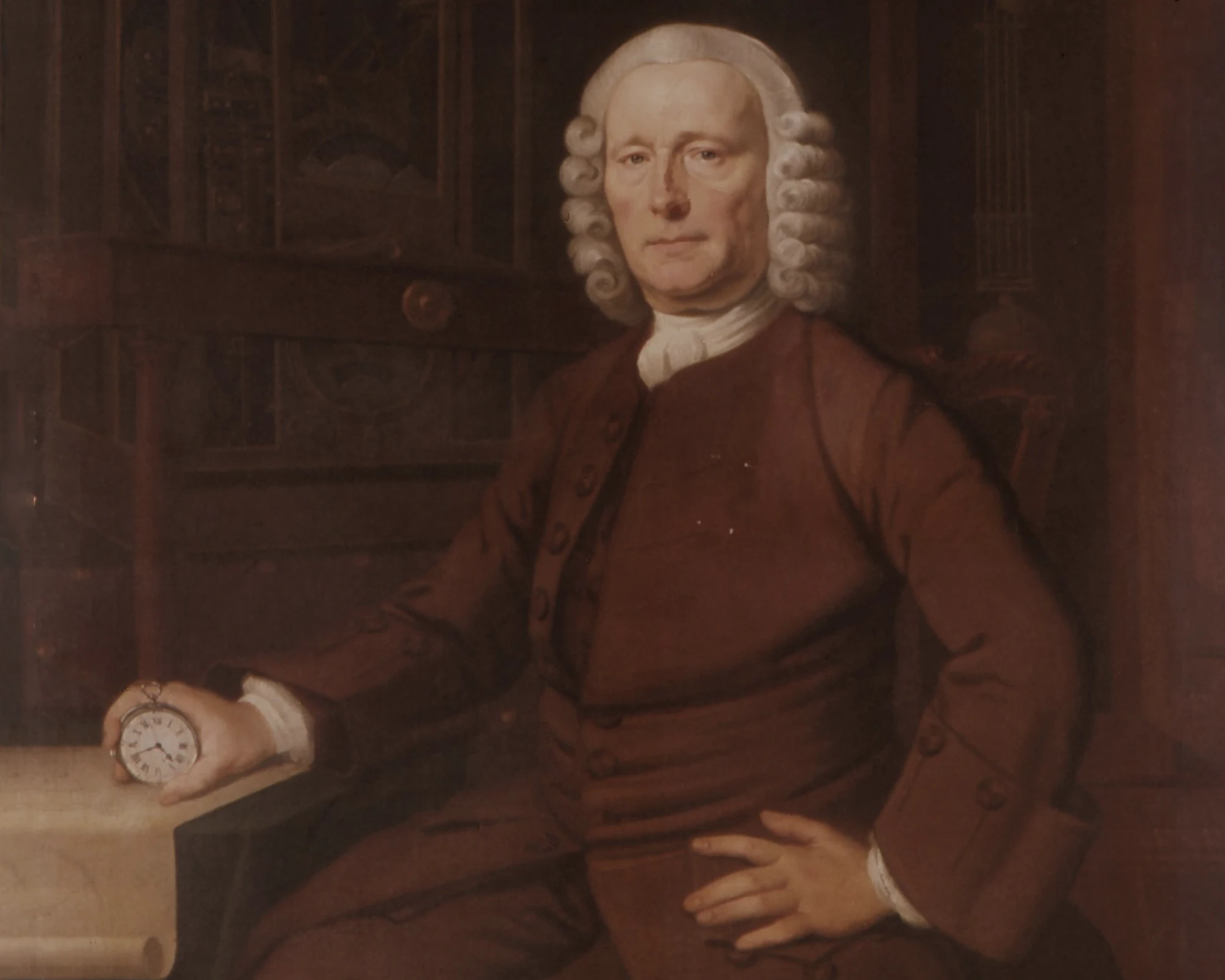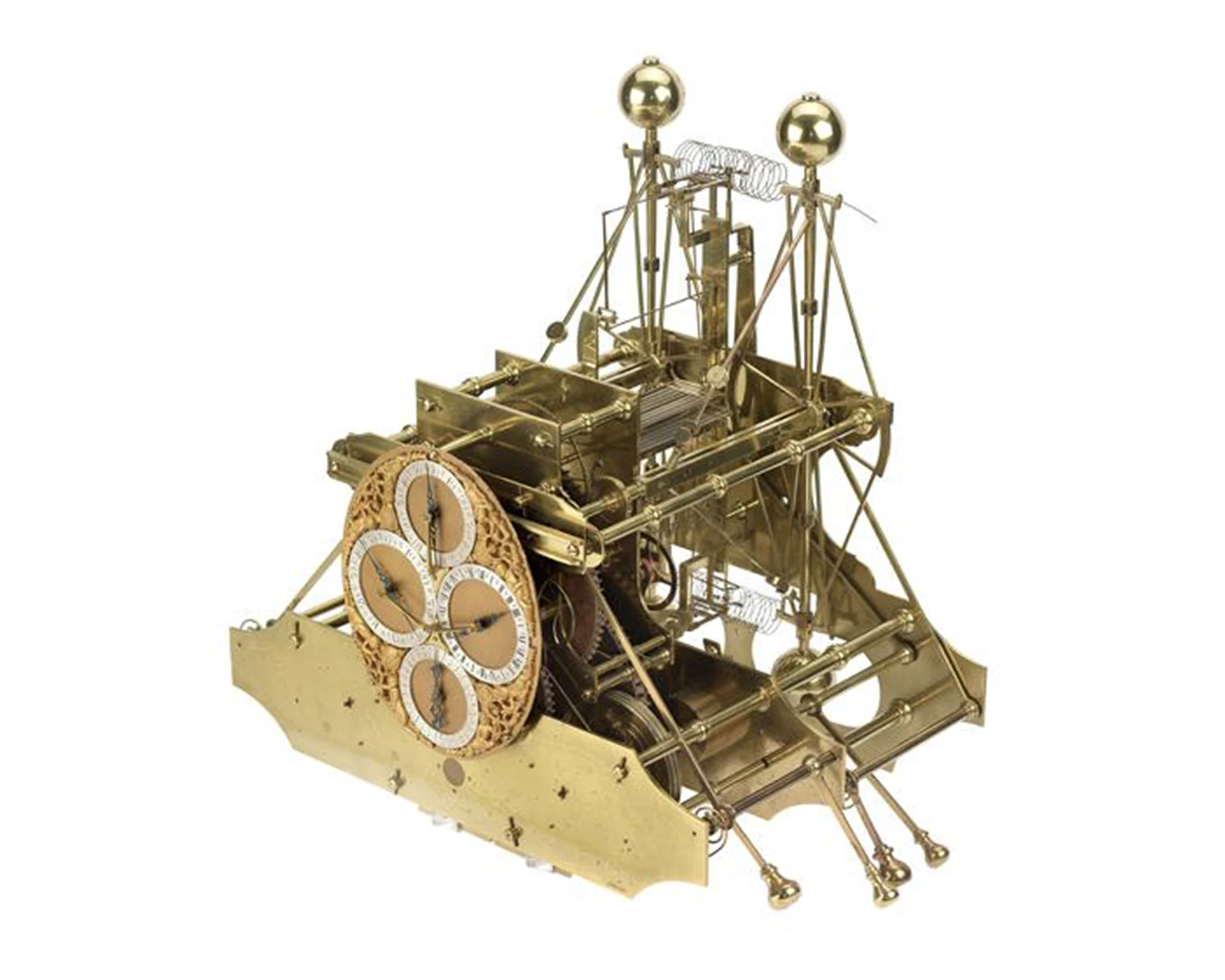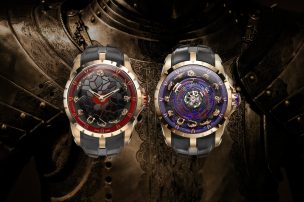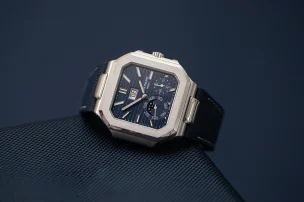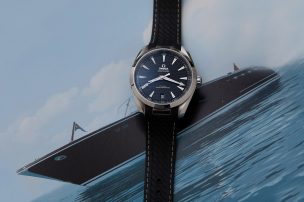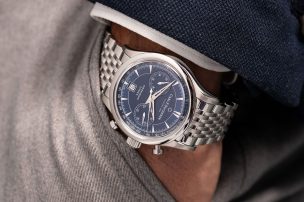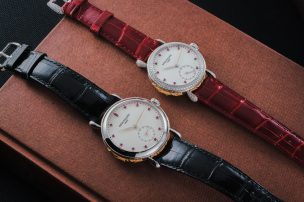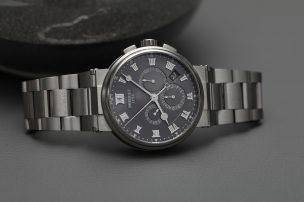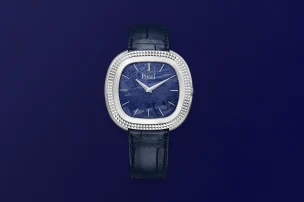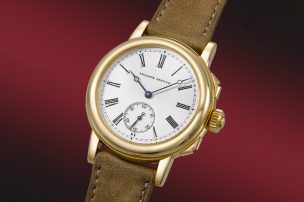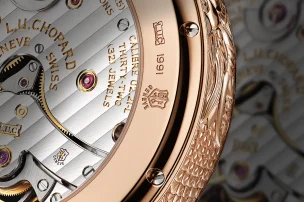
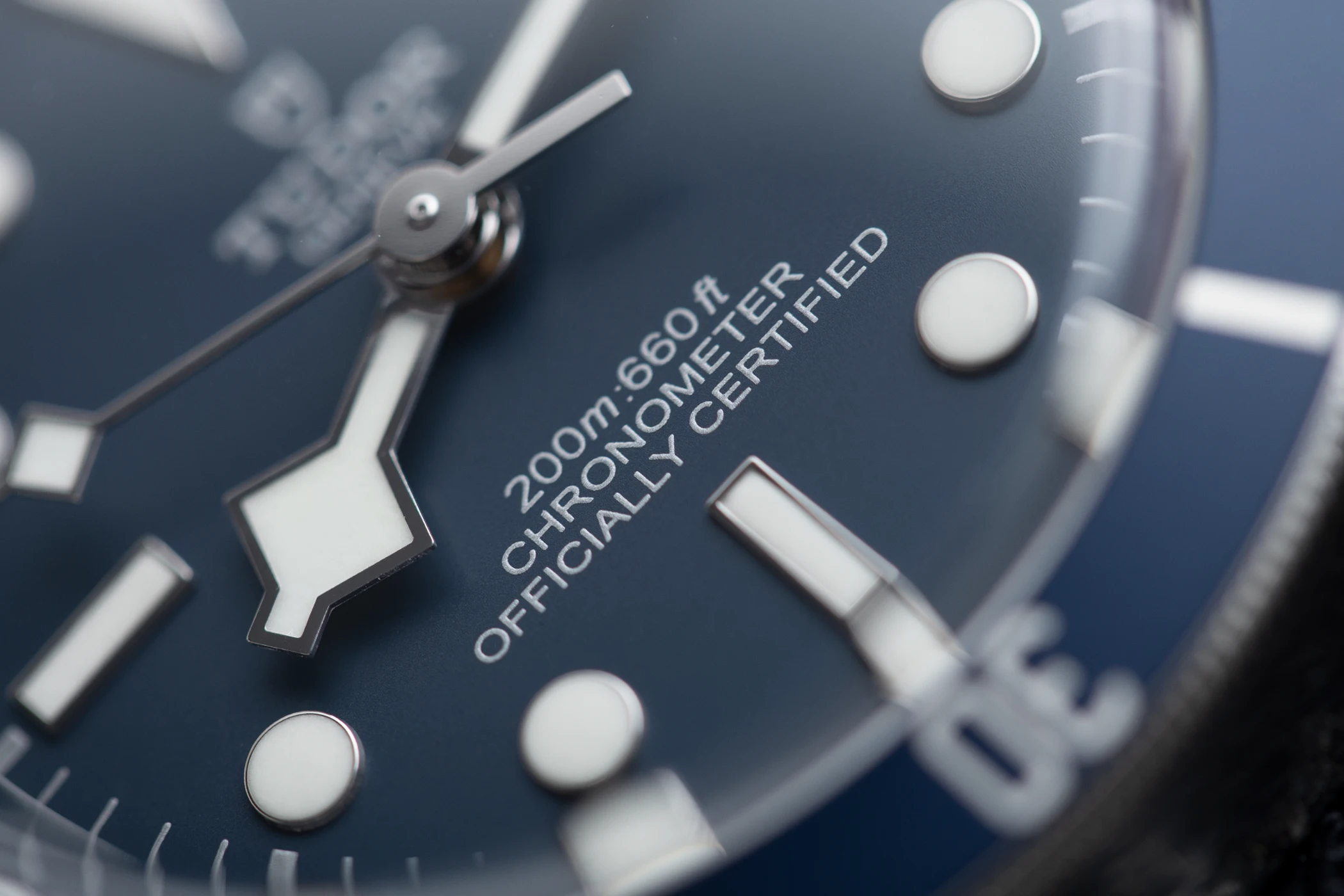
The All-Important Question: What Actually Is A Chronometer?
If you happen to have spent even the smallest amount of time interested in watches, you have probably already come across the term ‘chronometer’, and perhaps even confused it with chronograph. If like me however, you spend far too long researching watches, then you no doubt have glazed over it more times than you could possibly remember. Well, in any sense, this article will explain what a chronometer is and why it’s written everywhere in our niche world of watches.
What is a chronometer?
Put simply, a chronometer is a highly accurate mechanical watch movement which has undergone a variety of different rigorous and strict tests to ensure its capabilities. These tests vary between different chronometer certification laboratories through factors such as the length under which the watches are tested. Generally speaking, the longer the watch has to be tested for, the more accurate and esteemed its chronometer certification.
Chronometer: A brief history
The chronometer was first introduced in the 18th century after a huge amount of research and development. At the time, sailors had great difficulty in determining longitude, which caused a lot of ship accidents. In 1714 the British government issued a contest called the Longitude Act which encouraged watchmakers and scientists into developing a ‘precise and useful’ method for determining longitude at sea. The very first functional marine chronometer was eventually produced by John Harrison, a British watchmaker, after years and years of development. It took a long while for the chronometer he built to gain credit, but in the end it did and sea farers were able to accurately calculate longitudes, saving lives and ships.
Credit: Wikipedia
What kind of tests are involved?
Using the Contrôle Officiel Suisse Des Chronomètres (COSC) as an example (the most common chronometer certification), the watch movements first must be prepared for the tests in the laboratory. On day zero therefore, the numbers on the movements are compared to those on the list supplied by the applicant. Then the movements are placed in a five slot clasp and wound according to the instructions of the manufacturer (3). The parts are then placed in an enclosure at 23°C for a minimum of 12 hours in order to allow their temperature to stabilise (4). After this the testing phase can commence. For 15 days the wristwatch or pocket watch parts (this is different other clocks) undergo tests on a daily basis with a seven-part criteria they have to meet. At any stage of the testing process the movement can be eliminated if any of the seven criteria parts are not met. Only once it meets each of the seven parts of the criteria for the full duration of testing can the movement be certified a chronometer. The criteria is as follows:
- Mean daily rate
- Mean variation in rates
- Greatest variation in rates
- Difference between rates in horizontal and vertical positions of the watch
- Greatest deviation in rates
- Variation in rate as a function of temperature
- Resumption of the rate
The COSC lab is just one of many laboratories that tests and certifies chronometers – you can see this story for a breakdown of all the other major testing laboratories and how they differ from each other.
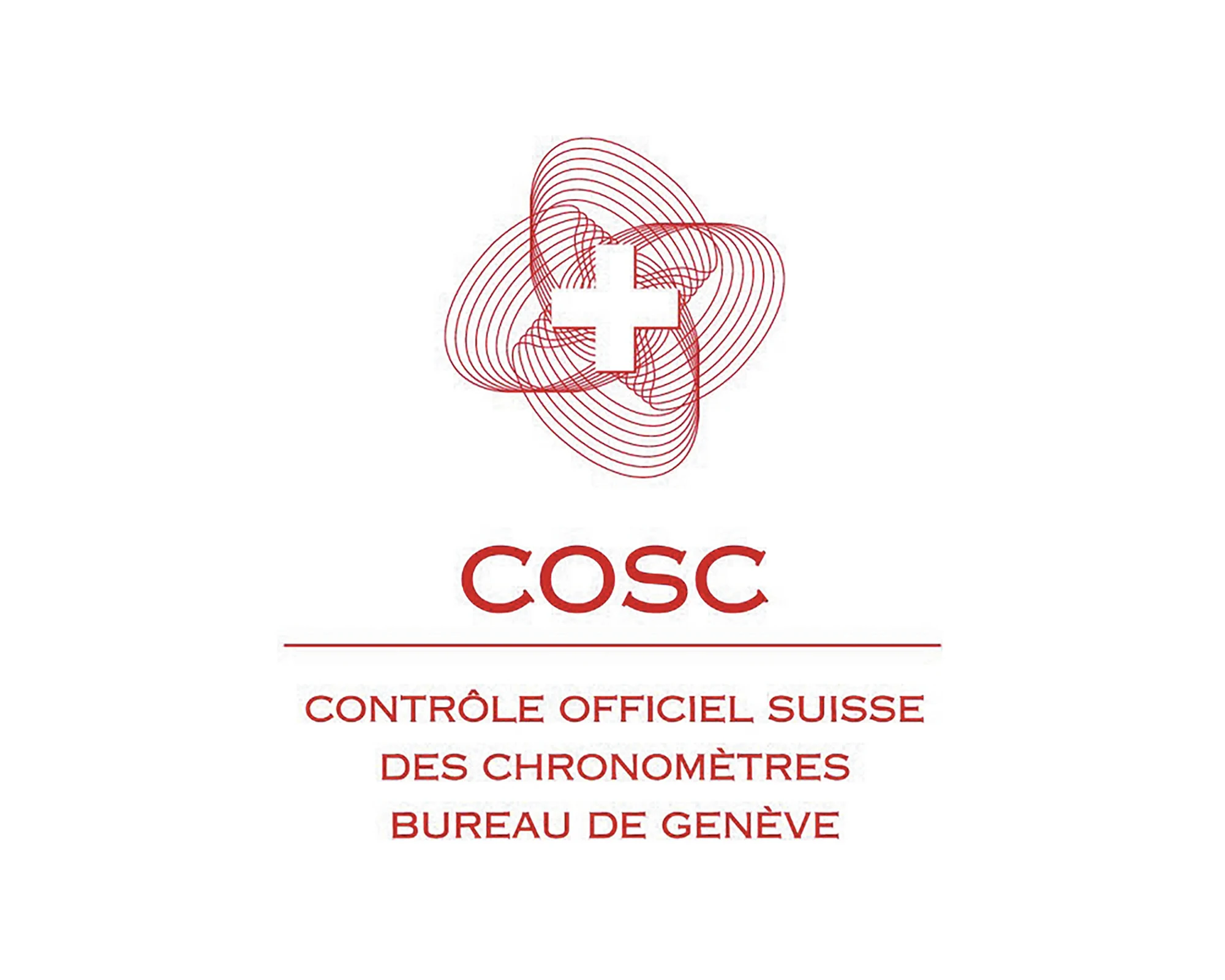
Credit: Contrôle Officiel Suisse Des Chronomètres Bureau de Genève
German chronometer standards
German watch brands tend to no longer have their movements tested at the COSC, but at the Glashütte observatory. The Glashütte Chronometer Testing Centre is a comparatively young company. It was set up on the initiative of jeweller Wempe and began its work in 2006. The testing of the watches, also known as calibration, essentially corresponds to the criteria of the Swiss testing centre COSC. However, this centre tests the bare movement, whereas the fully assembled watches are tested in Glashütte. It is operated by the Thuringian State Office for Consumer Protection (TLV) in co-operation with the Saxon State Office for Metrology and Verification. The German Accreditation Centre (DAkkS) monitors compliance with standards and tolerances.
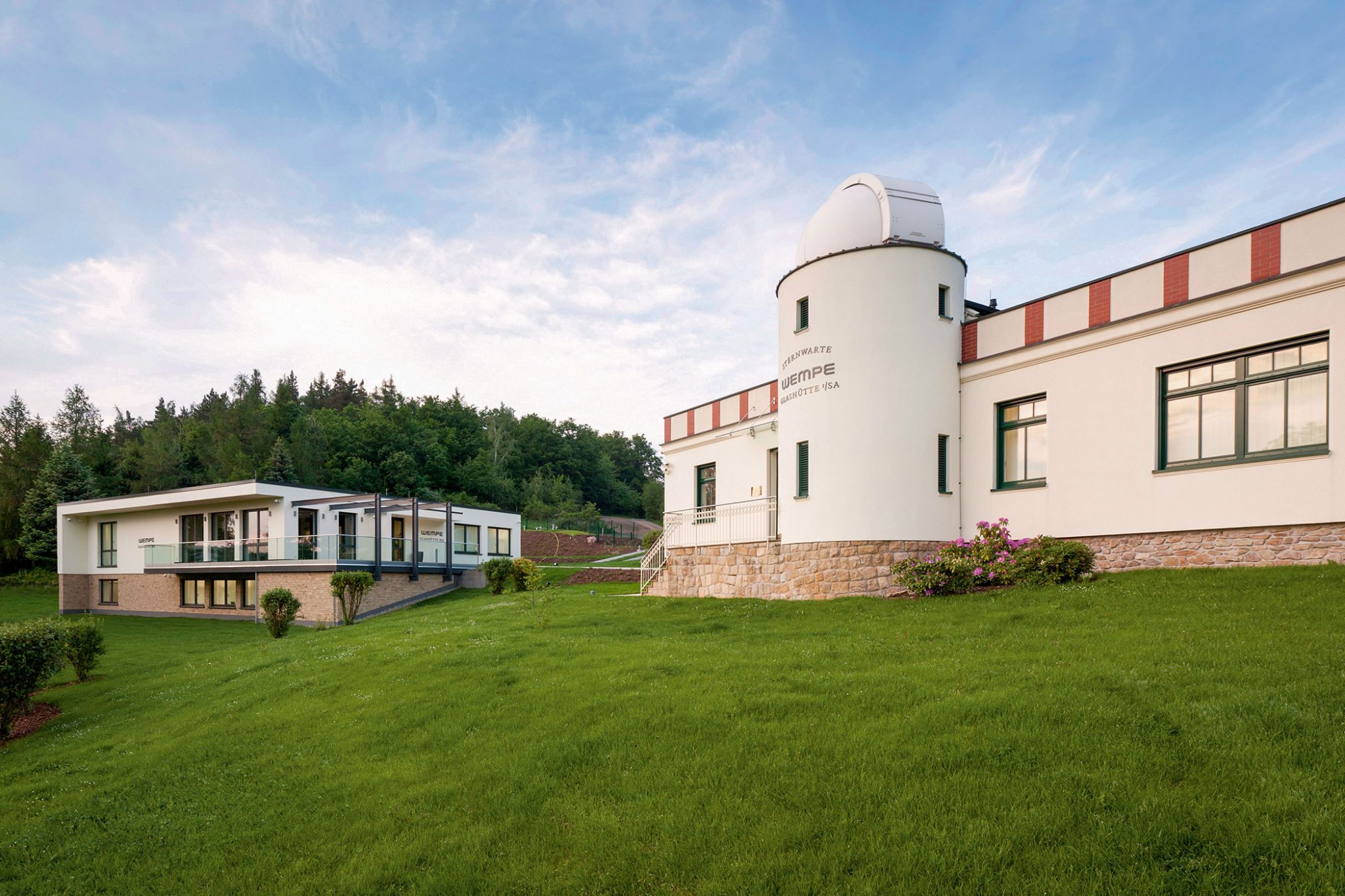
Recent additions to chronometry
The most recent brand to join the chronometer testing club is Omega with its Laboratoire de Précision, launched only this year. For over 50 years, COSC had been the official chronometer testing partner of Omega, but the brand has decided to walk the path alone from here on. The Laboratoire de Précision is officially authorised by the Swiss Accreditation Service (SAS), which is the only body in Switzerland accredited to make such an authorisation. This authorisation acts as a guarantee that Omega’s Laboratoire de Précision will reliably and impartially test watch movements, complying with the chronometer standards of ISO 3159. The Laboratoire testing method will also support the latest technologies developed by Omega, like the Spirate system which acts as an improved method for regulating the movements produced by Omega.
Despite being launched by Omega, the Laboratoire de Précision is totally independent and offers a neutral perspective on its operations, even though it may be used for many brands that fall under the swatch group umbrella. Quite like COSC however, the Laboratoire de Précision will require 15 days of continuous testing for the movements and will take place in two different locations: Bienne and Villeret, totalling 1,000 square meters.
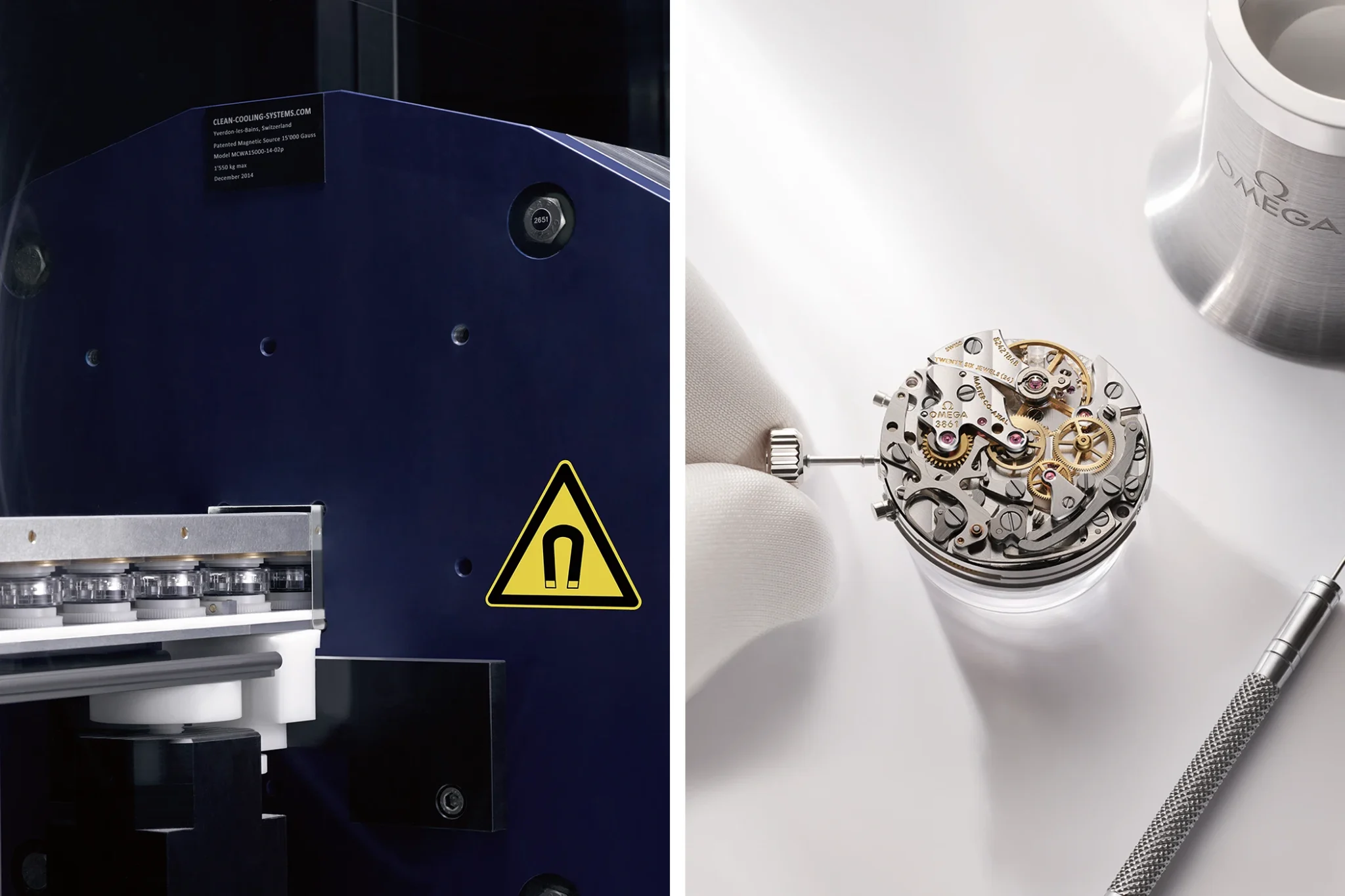
Closing thoughts
The art of chronometry is an important part of the world of horology, and without it the industry would be lost as this precision is what we all pay for. As a result, it is a crucial aspect of watchmaking that must be protected at all costs.
As for the future, we can probably expect a more rigorous testing process from the laboratories as time goes on, to keep up with the development of new technologies that make watch movements more accurate, functional and interesting.
